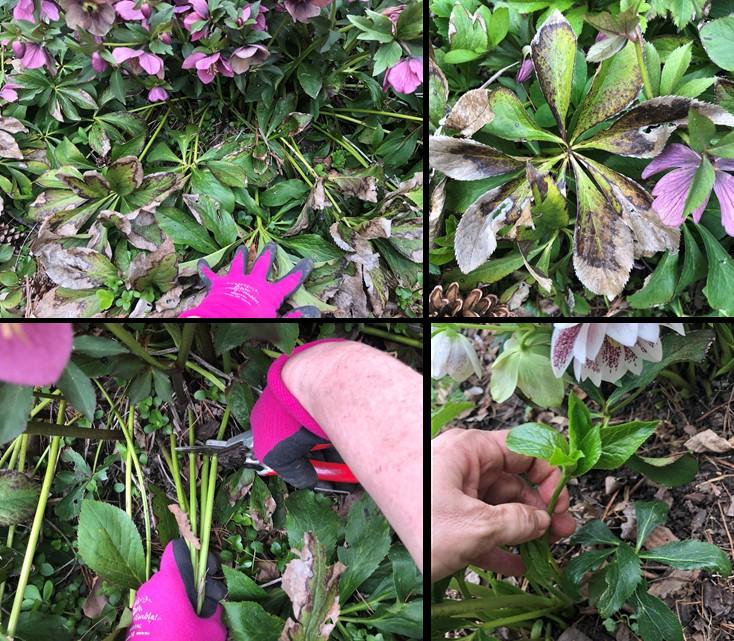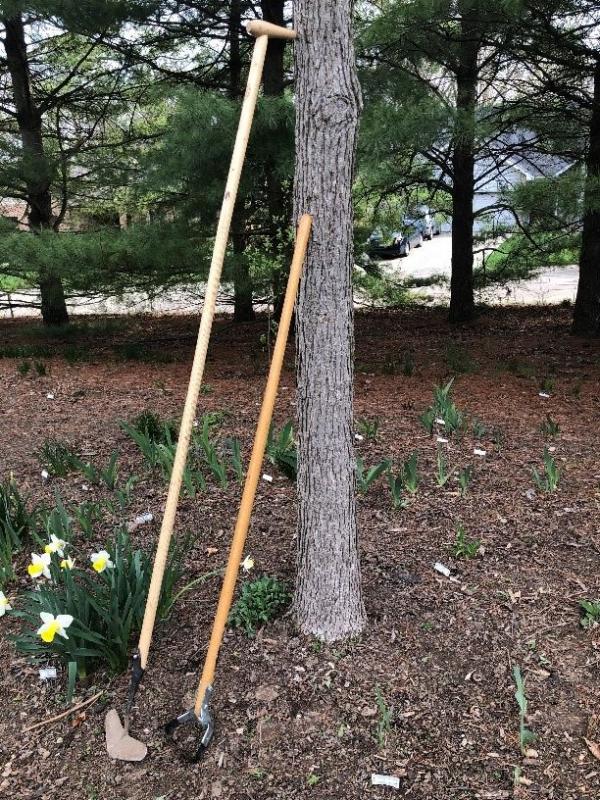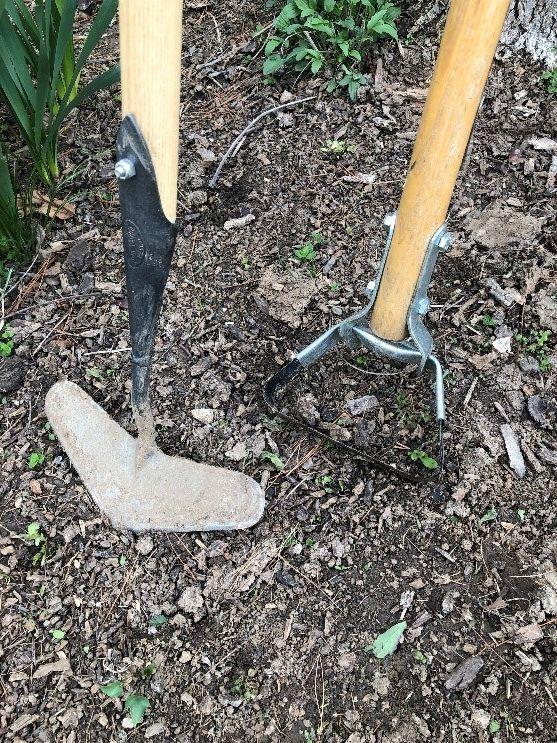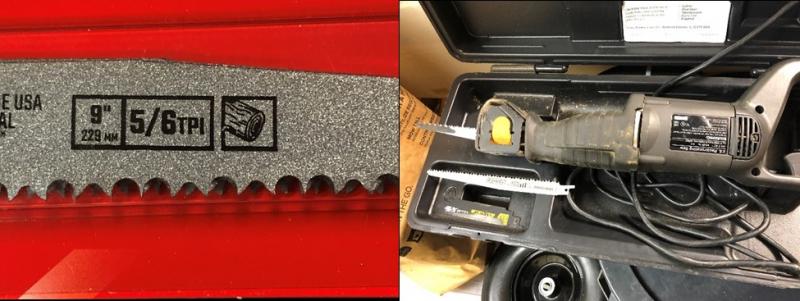Hellebores with their leathery palmate leaves add a much needed touch of green to the winter garden, but by spring the older leaves are starting to look rather rough around the edges, distracting from the floral display. As soon as new growth begins to appear in late winter or early spring, hellebores can be trimmed to improve the plant’s overall appearance and reduce the incidence of botrytis blight through improved airflow. The majority of older leaves can be found in a ring around the base of the plant like a ballerina’s tutu, whereas the new growth tends to grow straight up out of the ground as little stalks in the center of the plant. Using pruners, remove last year’s leaves as close to the plant as possible. A few stray older leaves may have been caught up in the center, so remove those as well. You’ll be amazed at the difference this quick and easy “haircut” makes to the overall appearance of the plant, putting the focus back on the much anticipated early spring floral display.
Hoeing is also part of the spring cleanup, but it doesn’t have to be a body crippling garden activity if you have the right hoe and you keep the cutting edge sharp. For years I have used a stirrup hoe (a.k.a oscillating hoe or action hoe) over a traditional hoe, until I was introduced to the Dutch long-handled push hoe. Both allow you to remove weeds with minimal soil disturbance but it is the ease of use and lack of back pain that really separates them from the traditional hoe. The stirrup hoe is better suited to small weeds on bare ground like found in a vegetable garden. The Dutch hoe does all that, but it really shines on larger weeds and ground with heavy debris. Like a traditional hoe, the Dutch hoe is available with different shaped blades; straight, diamond, half-moon, v-shaped or heart. In terms of cutting action, the stirrup hoe decapitates weeds on both the push and pull stroke, whereas the Dutch hoe only cuts on the push stroke. Accidental decapitation or scalping of desirable plants can occur more easily and frequently with a traditional hoe or Dutch hoe, especially if you are being aggressive and really get your groove on. That’s why I like using a stirrup hoe for weeding close to desirable plants. Stirrup hoes vary in price ($15-$70) depending on grade of metal, length and material of handle and whether the blade is replaceable. The cheaper versions are more readily found in traditional garden supplies. Not so with a Dutch hoe. Not only are they scarcer to source, they are usually even more expensive (~$75-$90) than the best stirrup hoe, and there don’t appear to be any cheap versions. If you are looking to upgrade your hoe, consider investing in a quality stirrup or Dutch hoe. Your back will thank you.
Speaking of useful tools, did you know you could buy “pruning” blades for your corded or uncorded reciprocation saw? This blade is fleam ground, meaning it cuts in both directions, making it ideal for pruning wood cuts, especially in areas difficult to fit a chain saw blade. Depending on the blade brand, the package label does not always include “pruning” in the description. Look for a photo descriptor on the blade itself which usually looks like a wood log or tree branch. Don’t forget your personal protective equipment (PPE) just like you would with chain saw work. Used properly, this is a great addition to your pruning options.



